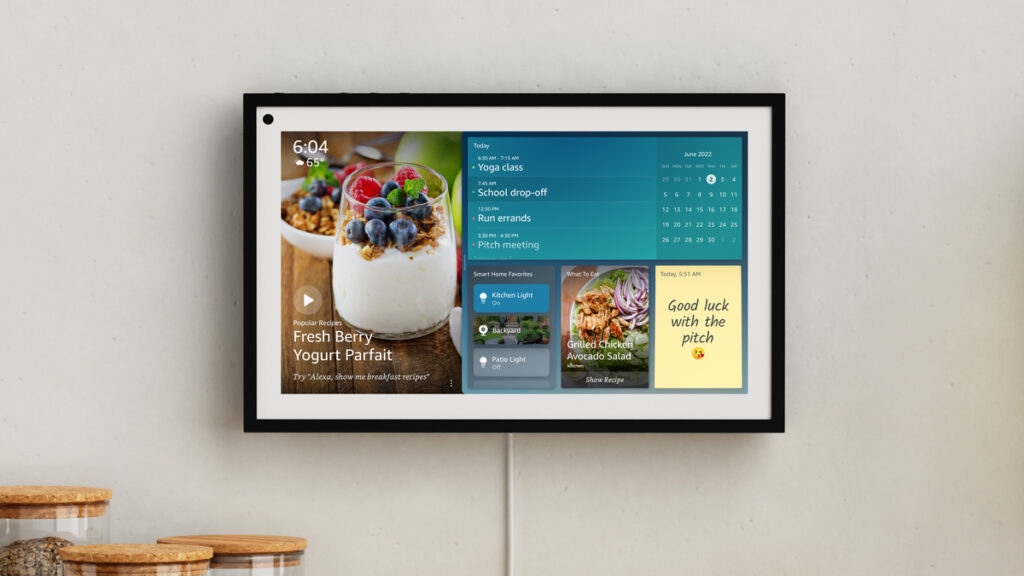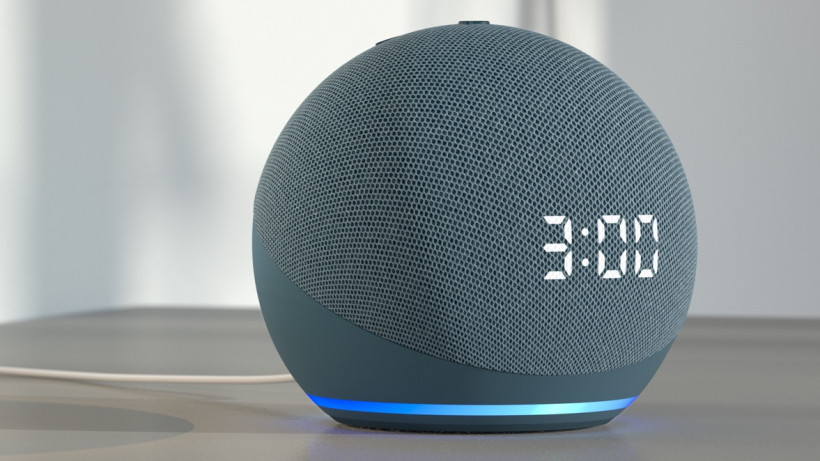I am really excited about recent developments and advancements in the world of ambient assistants, particularly as they relate to Alexa.
In this blog post, I’ll delve into the near future of ambient assistants, looking at how they’ll become even more integrated into our daily lives and provide personalized assistance in ways we never imagined possible.
First, let’s define what an ambient assistant is…
An ambient assistant is a virtual assistant who is always present and always on, offering the user assistance and information in a seamless and unobtrusive way.
Alexa, for example, is an ambient assistant integrated into smart home devices and other connected devices, such as smartphones or smart speakers, that understands and responds to user requests using natural language processing and machine learning.
Making Alexa More Human-Like: Natural Language Processing Evolution
Making ambient assistants more human-like in their interactions is one of the key areas of focus for the future. Natural language processing (NLP) is a technology that allows ambient assistants such as Alexa to understand and respond to user requests in a manner similar to human communication.
This technology is constantly evolving and improving, and we anticipate further advancements in the near future.
The development of conversational AI, which allows for more fluid and natural interactions between the user and the ambient assistant, is one example of this. Instead of providing pre-programmed responses, conversational AI allows the assistant to understand the context of the conversation and respond accordingly. This provides the user with a more personalized and human-like experience.
Another area of emphasis is Alexa’s ability to understand and respond to emotions. Alexa will be able to understand the user’s emotional state and respond appropriately and helpfully by analyzing the tone of voice and words used in a user’s request. This will be especially useful in situations where the user is distressed or requires emotional support.
This is an exciting step in allowing users to build a relationship with their personal assistant and lower barriers to further engagement.

Making Alexa More Accessible: Ambient Computing Development
Another critical aspect of the future of ambient assistants is making them more user-friendly. Ambient computing is a term that refers to the incorporation of technology into our surroundings, making it more easily accessible to the user.
One example is the incorporation of Alexa into more home devices and appliances. Alexa is expected to be integrated into everything from ovens and refrigerators to cars and streetlights in the near future. Users will be able to control and interact with these devices and appliances using only their voice, eliminating the need for additional devices or interfaces.
Another priority is to make Alexa more accessible to all users, including those with disabilities. At Amazon, we’re currently developing new technologies and features to make Alexa more accessible to users who have visual, auditory, or motor impairments. This includes integrating braille and audio-based interfaces, as well as developing voice-controlled navigation for users who cannot use a touchscreen.
I can foresee a not-so-distant future where home builders will ask you if you want your home Alexa-enabled.
The Future of Personalized Assistance: How Alexa Will Adjust to Your Specific Requirements
The future of ambient assistants is not only about making them more human-like and accessible, but also about personalizing them to the specific needs of each user.
One example is the creation of personalized voice profiles. We anticipate that multiple users will be able to create their own unique voice profiles for Alexa in the near future, allowing the assistant to recognize and respond to each individual user. This will allow Alexa to provide personalized assistance, such as playing music or reading news, based on the preferences of each user.
Another area of emphasis is the use of machine learning and artificial intelligence to adapt to the user’s changing behavior and preferences.
Alexa, for example, will be able to learn the user’s schedule, routines, and habits and then provide personalized assistance and recommendations based on that knowledge. This could include things like turning on the lights and starting the coffee maker at the same time every day, or providing a daily news briefing based on the user’s preferences.
Another point of emphasis is Alexa’s ability to interact with other ambient assistants and smart devices in the home.
For example, Alexa will be able to collaborate with other ambient assistants, such as Google Home or Apple HomeKit, to provide a more seamless and integrated user experience. Alexa will also be able to interact with other smart home devices like thermostats, security cameras, and home appliances to provide personalized assistance and control.
We’re already seeing unification with standards such as Matter that will help bring forward this compatibility.
Finally, the future of ambient assistants is exciting and full of possibilities. I expect Alexa and other ambient assistants to become more human-like, accessible, and personalized to the unique needs of each user as natural language processing, ambient computing, and machine learning continue to advance.
Amazon is committed to pushing the limits of what is possible with ambient assistants and AI, and I’m excited to see how Alexa and other ambient assistants will shape the future of technology and our daily lives.
What excites you about the future of an always-available personal assistant?

